Average Session Duration
The average time users spend on your site per visit. Longer durations often indicate engagement.
Bounce Rate
The percentage of visitors who leave your site after viewing only one page. A high bounce rate might indicate issues with content or user experience.
Click-Through Rate (CTR)
For elements like banners, buttons, or links, measuring the percentage of users who click on them compared to the total who saw them.
Conversion Rate
The percentage of visitors who complete a desired action (e.g., make a purchase, fill out a form). It's a key metric for measuring campaign success.
Device and Browser Metrics
Understanding which devices (mobile, desktop) and browsers visitors use can inform optimisation strategies for better compatibility.
Engagement Metrics
Metrics like scroll depth, time spent on specific pages, or interaction with multimedia content (videos, infographics) provide insights into user behavior.
Exit Pages
Pages from which users most frequently leave your website. Helps identify potential issues or areas for improvement.
Goal Completions
Tracking specific actions or milestones defined as goals (e.g., signing up for a newsletter, downloading a guide).
Journey Completion Rate
Measuring the web or app journey for completion to desired action. Analysing the drop out zones and optimising behaviour to ensure completion of the journey happens.
Page Load Time
The time it takes for your web pages to load. Faster load times generally lead to better user experience and higher engagement.
Return on Investment (ROI)
For e-commerce sites, tracking revenue generated against the cost of marketing efforts to measure the effectiveness of campaigns.
Traffic Metrics
Visits/Sessions
The total number of times users visit your website within a specific period.
Unique Visitors
The count of individual users who visited your website, indicating the size of your audience.
Pageviews
The total number of pages viewed by visitors, indicating user engagement with your content.
Traffic Sources
Referral Traffic
The websites or platforms that direct users to your site.
Organic Traffic
Visitors coming from search engines.
Direct Traffic
Users who directly typed your website URL or used bookmarks to access your site.
Paid Traffic
Visitors driven by paid advertising campaigns.





